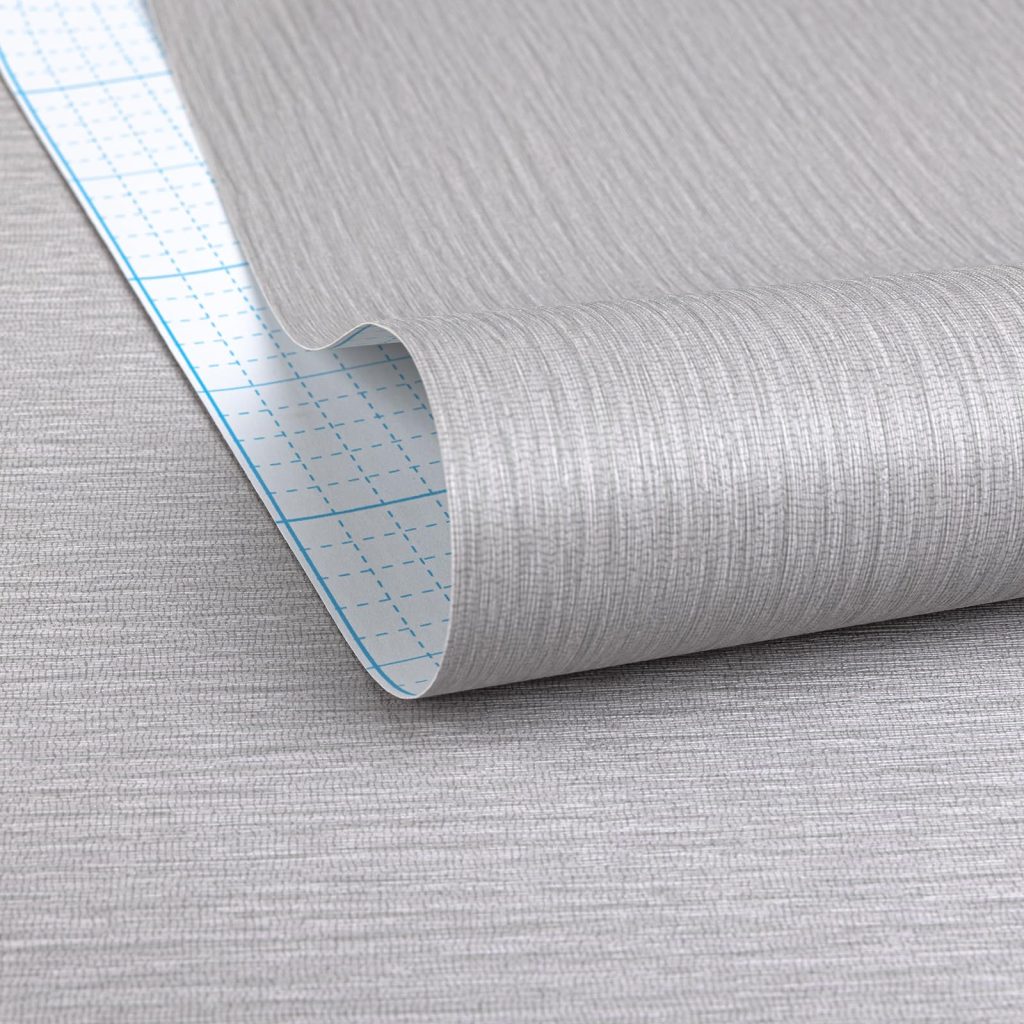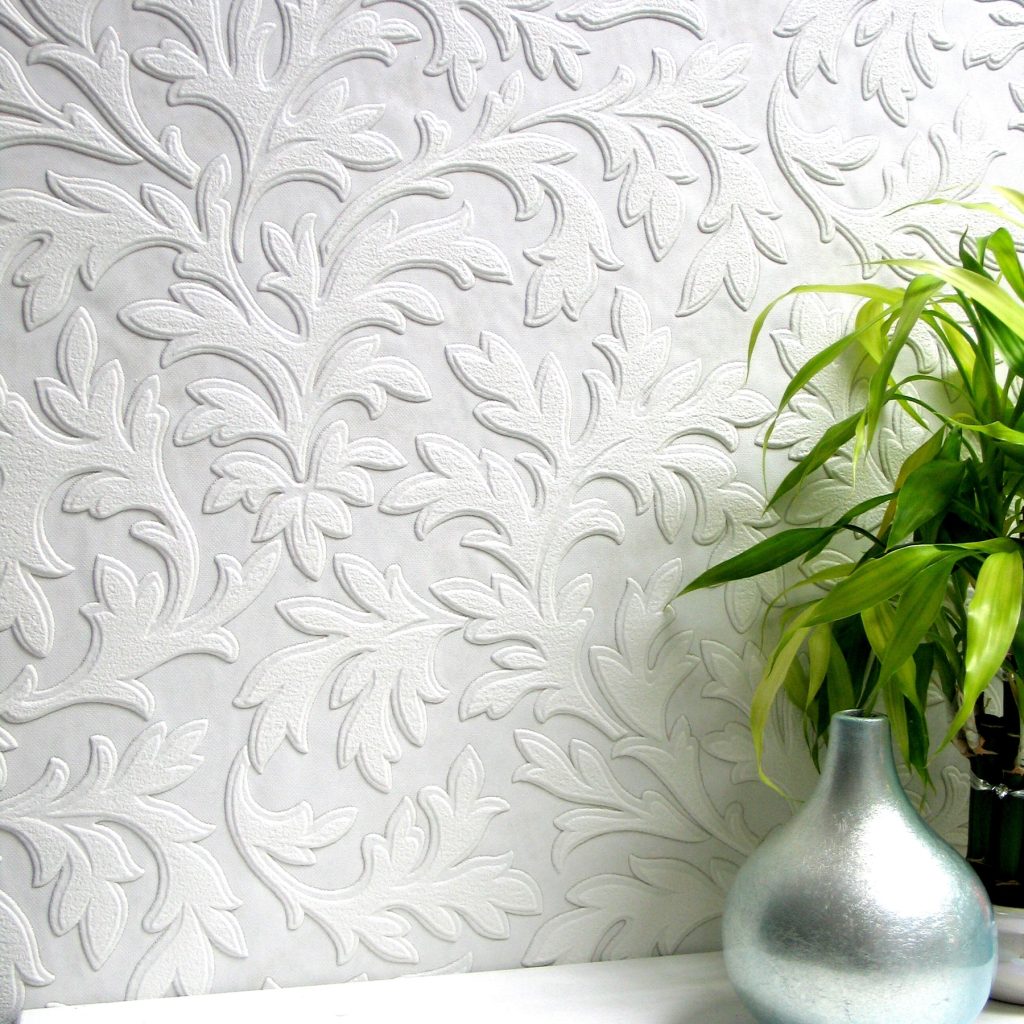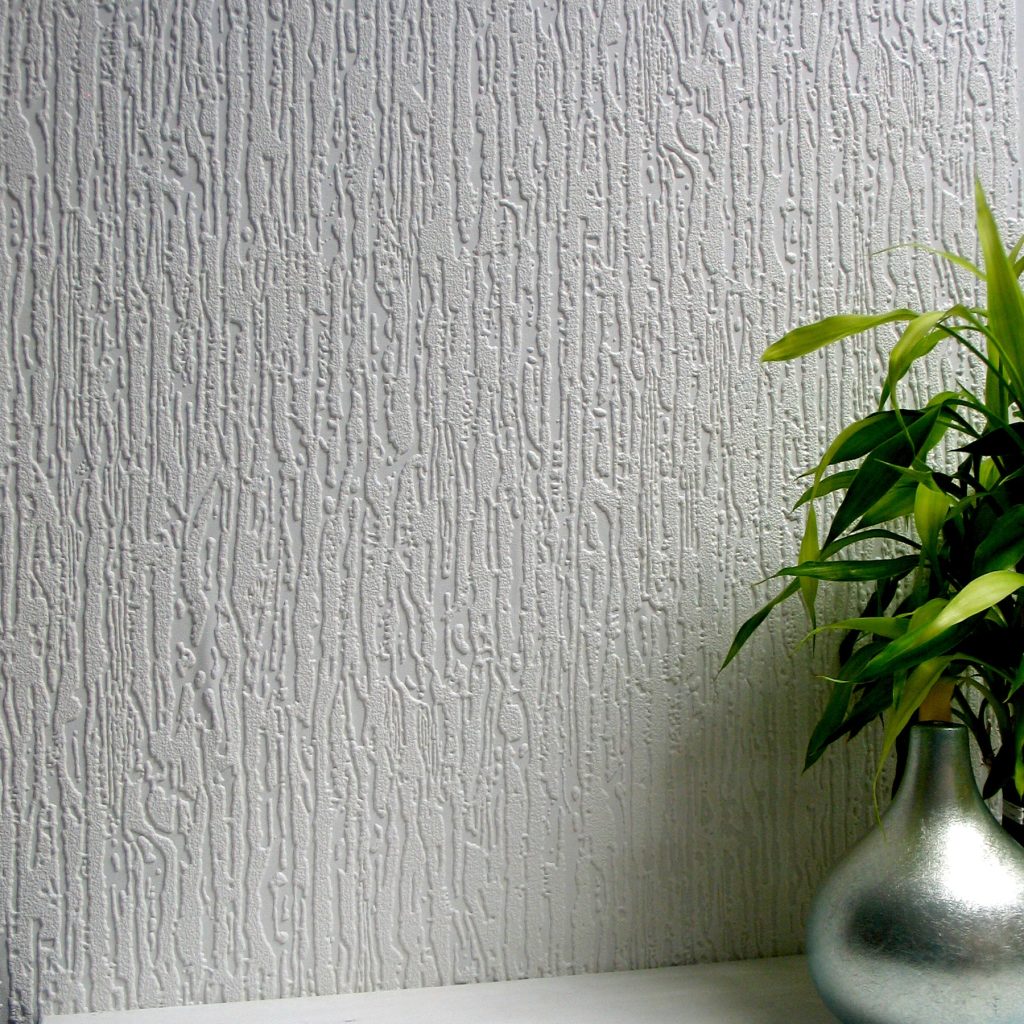How to wallpaper a textured wall? Wallpapering a textured wall may seem like a challenging and daunting task, but with the right tools and techniques, it can be accomplished with success. Textured walls can provide a unique and stylish look, but they can also present a challenge when it comes to hanging wallpaper. However, with the proper steps, anyone can transform their textured walls with beautiful wallpaper. In this guide, we will provide you with a step-by-step process on how to wallpaper a textured wall effectively.

Gather Your Supplies
Before you start, you will need to gather the necessary supplies for wallpapering a textured wall. These supplies include:
- Wallpaper
- Wallpaper adhesive
- Wallpaper smoother or brush
- Utility knife
- Measuring tape
- Level
- Pencil
- Sponge
- Bucket of water
- Sandpaper
Preparation
The first step in preparing a textured wall for wallpapering is to ensure that the surface is clean and smooth. Use a vacuum or a damp cloth to remove any dust, dirt, or debris from the wall. If there are any rough patches or imperfections on the wall, use a fine-grit sandpaper to smooth them out. Once the wall is clean and smooth, you can then measure the height of the wall and cut the wallpaper for bedroom wall accordingly. It’s essential to leave a few extra inches to allow for trimming at the top and bottom.
Applying the Adhesive
Next, you will need to apply the wallpaper adhesive to the back of the wallpaper. Follow the manufacturer’s instructions on how to mix and apply the adhesive. Make sure to apply the adhesive evenly and thoroughly to ensure that the wallpaper adheres properly to the textured wall.
Hanging the Wallpaper
Once the adhesive has been applied, it’s time to hang the wallpaper. Start by positioning the wallpaper at the top of the wall, leaving a few extra inches to overlap the ceiling. Use a level to ensure that the wallpaper is straight, and then smooth it out with a wallpaper smoother or brush to remove any air bubbles or wrinkles. Continue to hang the wallpaper, making sure to match the pattern and align the seams as you go.

Trimming and Finishing
After the wallpaper has been hung, use a utility knife to trim away the excess at the top and bottom of the wall. Use a straightedge as a guide to ensure a clean and precise cut. Once the excess has been trimmed, use a damp sponge to wipe away any adhesive residue or excess glue. Allow the wallpaper to dry completely before moving on to the final step.
Sealing the Edges
To ensure that the wallpaper adheres properly to the textured wall, it’s important to seal the edges. Use a wallpaper smoother or brush to press the edges of the wallpaper firmly against the wall, making sure that there are no gaps or air bubbles. This will help the wallpaper to stay in place and prevent it from peeling or lifting over time.
What are the beautiful styles of wallpaper?
Wallpaper is a popular choice for enhancing the aesthetic appeal of any room. With a wide range of styles, colors, and patterns available, it can be a challenging task to choose the perfect wallpaper for your space. From classic designs to modern patterns, there are numerous beautiful styles of wallpaper to consider.
Classic Floral Patterns
Floral patterns have long been a popular choice for styles of wallpaper, and for good reason. These classic designs bring a sense of elegance and charm to any space. Whether it’s a large-scale botanical print or a delicate vine pattern, floral wallpapers can add a touch of nature and beauty to your walls. They are perfect for creating a romantic and timeless atmosphere in bedrooms, living rooms, and dining areas.
Geometric Prints
For a more modern and contemporary look, geometric prints are an excellent choice. These bold and striking patterns can create a sense of energy and movement in a room. From simple lines and shapes to intricate tessellations and abstract designs, there are countless options to choose from. Geometric wallpapers are particularly well-suited for adding interest to a workspace, study, or any area where you want to make a bold statement.
Texture and Embossed Wallpaper
Textured and embossed wallpapers can add depth and dimension to any room. These wallpapers come in a variety of finishes, including metallic, suede, and embossed patterns. They are great for creating a luxurious and sophisticated look, and can be used to add subtle drama to a space without overwhelming it. Whether you prefer a subtle texture or a more pronounced embossed design, these wallpapers are sure to make a lasting impression.
Stripes and Damask
Striped and damask wallpapers are timeless and versatile options that can suit a range of interior styles. Whether you prefer classic pinstripes, bold vertical stripes, or regal damask designs, these patterns can add a sense of grandeur and sophistication to your walls. They are ideal for creating a sense of opulence in formal dining rooms, elegant foyers, and traditional living spaces.
Tropical and Botanical Prints
Bring the beauty of the outdoors inside with tropical and botanical prints. These wallpapers feature lush foliage, exotic flowers, and vibrant colors that can transform your space into a tropical paradise. Whether you prefer a bold palm leaf print, a delicate tropical bird design, or a cheerful floral pattern, these wallpapers are perfect for creating a fresh and vibrant atmosphere in any room.
Mural and Landscape Wallpaper
For a truly unique and eye-catching look, consider mural and landscape wallpapers. These larger-than-life designs can transport you to a different place and time, whether it’s a serene beach scene, a bustling cityscape, or a lush forest. Mural and landscape wallpapers are a great choice for creating a focal point in a room, and can be used to add a sense of drama and adventure to your space.

Advantages of wallpaper
Enhanced Aesthetics
One of the most obvious advantages of using wallpaper is the enhanced aesthetics it brings to a space. Unlike paint, wallpaper can add depth, texture, and patterns that can significantly elevate the design of a room. Whether you prefer a classic, elegant look or a modern, bold design, there are countless options available to suit your preferences. From floral patterns to geometric designs, there is a wallpaper for every style and taste.
Variety of Designs
Another advantage of wallpaper is the sheer variety of designs available on the market. With thousands of options to choose from, you can easily find a wallpaper that complements the existing décor of your space. Whether you want to create a cozy, intimate atmosphere in a bedroom or a vibrant, energetic environment in a living room, there is a wallpaper for room design that will suit your needs. Additionally, many manufacturers offer customizable options, allowing you to create a unique, one-of-a-kind look for your space.
Hide Imperfections
When it comes to interior walls, imperfections are almost inevitable. Whether it’s small cracks, dents, or uneven surfaces, these flaws can be difficult to mask with paint alone. Wallpaper, on the other hand, can effectively conceal these imperfections, resulting in a smoother, more polished appearance. This can be particularly useful in older homes or buildings where the walls may have accumulated wear and tear over the years.

Conclusion
Wallpapering a textured wall may require a bit more effort and attention to detail, but with the proper preparation and technique, it can be done successfully. By following the steps outlined in this guide, you can transform your textured walls with beautiful and stylish wallpaper. Remember to take your time and pay attention to the details, and you’ll be able to achieve a professional-looking result. With the right tools and a bit of patience, wallpapering a textured wall can be a rewarding and satisfying project.
